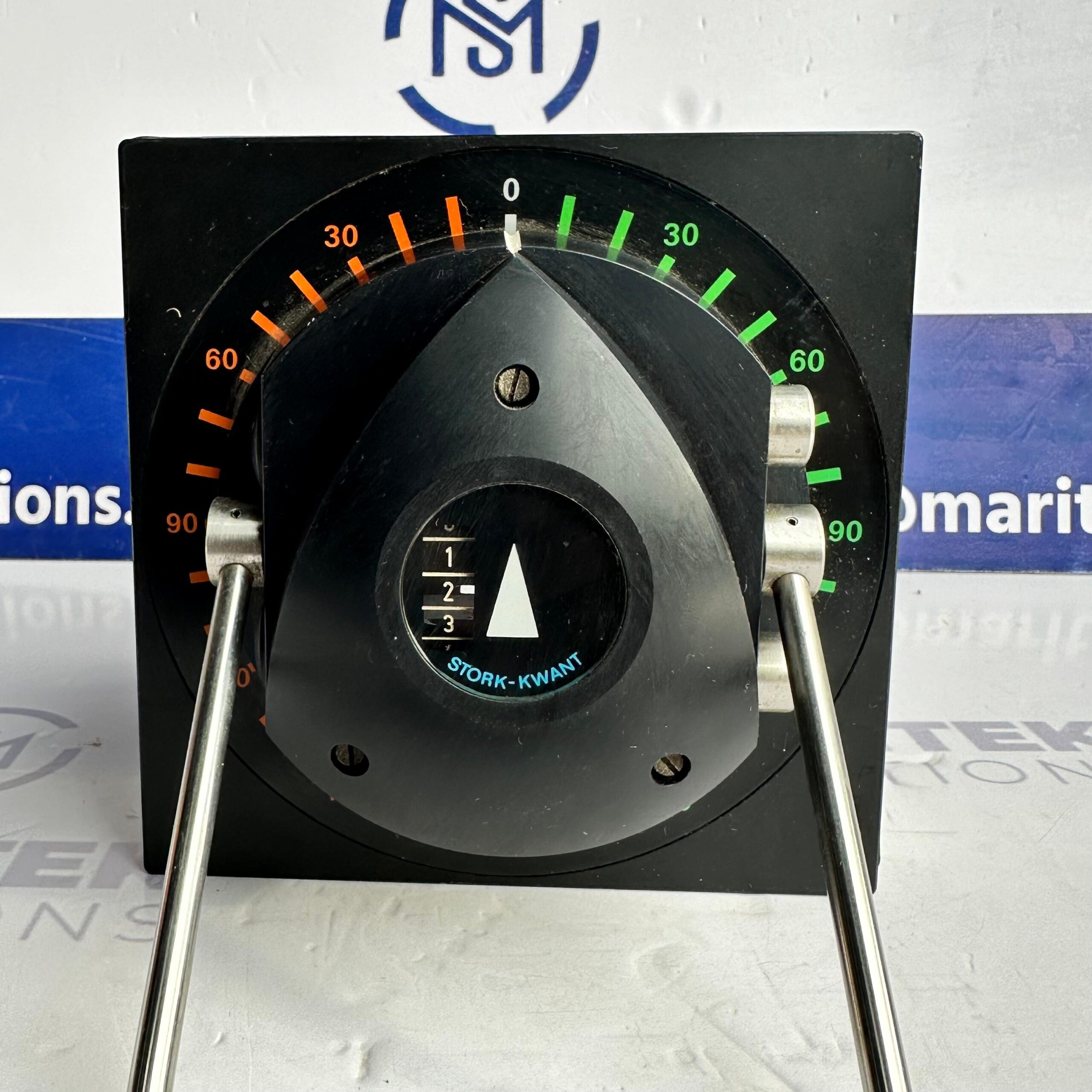A thruster controller system, often referred to as a dynamic positioning (DP) system or thruster control system, is a crucial component on dynamic positioning vessels and offshore platforms. These systems are used to control thrusters and propellers to maintain a vessel’s position, heading, and orientation in dynamic environments where external forces, such as wind, waves, and currents, constantly affect its position. Here are the key components and functions of a thruster controller system:
Thruster controllers rely on various sensors and feedback devices to gather real-time data about the vessel’s position, heading, and motion. These sensors may include GPS, gyroscopes, accelerometers, wind sensors, motion sensors, and sonar.
The heart of the thruster controller system is a complex algorithm that processes data from sensors and calculates the required thrust and direction for each thruster or propulsion system. This algorithm takes into account the vessel’s desired position and heading and continuously adjusts thruster commands to maintain them.
Thruster controllers manage the operation of thrusters and propulsion systems strategically placed around the vessel. These thrusters can include azimuth thrusters, tunnel thrusters, waterjets, and propellers. The controller adjusts the speed and direction of each thruster independently to maintain precise control.
Managing the power supply to the thrusters is critical. The controller ensures that the thrusters receive the necessary power to operate efficiently while preventing overloading the electrical or propulsion systems.
Human operators, often stationed on the bridge of the vessel, use control consoles and joysticks to provide high-level instructions to the thruster controller. These instructions may include setting the vessel’s desired position, heading, and speed.
Thruster controller systems are designed with redundancy to ensure system reliability and safety. If a component or thruster fails, the system can compensate to maintain position and safety.
Thruster controllers offer different DP modes, such as “position hold,” “heading control,” and “track following,” allowing the operator to choose the appropriate mode based on the operational requirements.
The thruster controller system continuously monitors the vessel’s status and the health of its components. It generates alarms and warnings if any parameter falls outside predefined safe limits or if a fault is detected.
The system often includes a user-friendly interface that displays real-time data about the vessel’s position, heading, and thruster status. It also provides tools for configuring and fine-tuning the DP system.
In some cases, DP systems can be operated remotely from a control center onshore, especially for unmanned or remotely operated vessels and platforms.
Dynamic positioning systems, including thruster controllers, are essential for offshore drilling rigs, supply vessels, cruise ships, research vessels, and other applications where precise positioning and control are critical. They enable these vessels to work safely and effectively in challenging maritime environments while reducing the risk of collisions, equipment damage, and environmental incidents.
